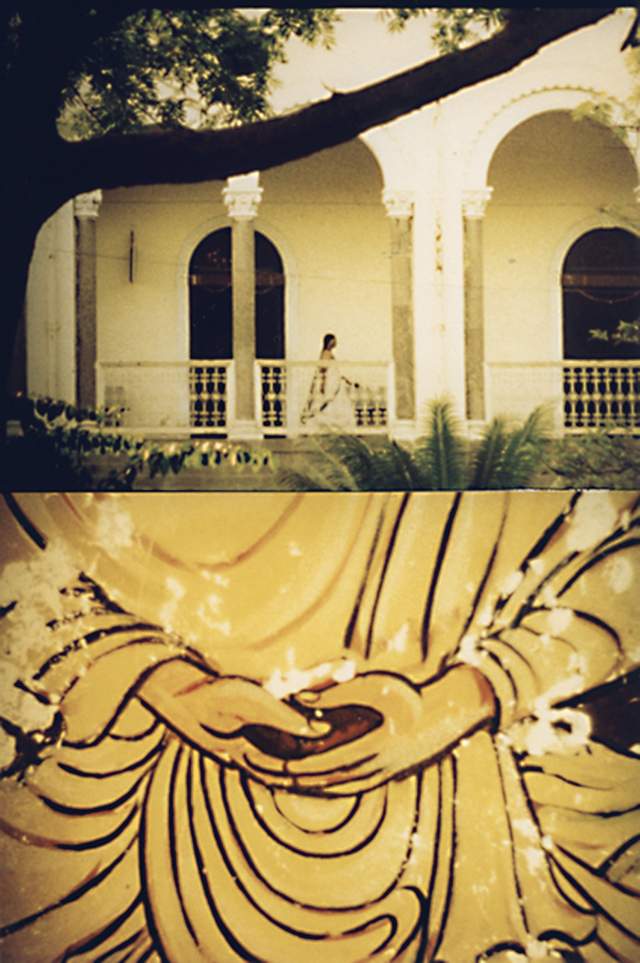Bagatelle for Willard Maas
India

“The first time that I viewed a film program by Marie Menken, I dismissed it; the same happened with my first viewing of a film by Ute Aurand. These filmmakers were opposite poles to my own way of filmmaking, and, in selecting this carte-blanche program, I reflect how my experience of their films has changed. Fortunately I had other occasions to see their films. The initial irritation and uncertainty suddenly opened to recognition. To experience discontent can be a sign of growth, a turning point in (my) appreciation of a film, a piece of music or a poem.
Filmmakers, like Menken or Aurand, hide themselves in their directness and simplicity. Their use of handheld camera and their awareness of rhythm create a vision that draws its strength from their surroundings, but the vitality of this open embrace contains a genuine shyness or reticence. It was not until I recognized this that I could see how their lyric contains a depth.
Marie Menken’s Bagatelle for Willard Maas is a clear example. It possesses the qualities of angularity, rhythmic emphasis, sensitivity to surfaces and other means to express sensuousness, and through her spontaneity, she carries her film from one mood to the next until we reach the conclusion. And she is a collaborator; she allows Teiji Ito’s music an equal place. The film appears to meander, the way that a visitor to Versailles might, but I believe that in the change in moods there are elements of a story, one is the encounter of a gentle sphinx with a wounded slave and the other is the revolution.
Using a different metaphor to introduce Ute Aurand’s India, I could say that it is a ‘symphony’, and that her three visits to Pune are its three movements. The basic rhythm is established through her filming short clusters of images, often with camera movements that are like “little side steps,” and sometimes these clusters develop into complex rhythmic variations on the sights that she discovers as she walks, rides or drives through the city.
This kaleidoscope of impressions, both of sound and image, is punctuated by pauses in which the filmmaker inserts her own presence through details of a shirt, a coffee cup, a notebook, an earring or other self-reflections in her room.
Some images have an animistic power; I remember a cluster of three small leaves at the base of a giant tree. They shiver in the wind to the sound of drums and that precedes a truly ecstatic dance-procession, one of an entire series of dances in the film.
Aurand also has the courage to approach children’s faces. She has said, “Even though I am living through what I see, what I want to reach is the invisible. The screen is a doorway; it is like my relation to the children, also a vehicle to the beyond.”
Returning once more to her camera’s “side steps”, I have only recently noticed how these movements allow her a beautiful ease and swiftness in transitions. These transitions from one subject to the next are also like music, but a music that incorporates qualities that are less dualistic than our own.
We see in these films two filmmakers using the very common opportunity of filming their travel; one is a ‘tourist’ visiting Versailles, the other is in India. But for the spectator who will look carefully, there is a generosity and probity that reaches through the surface pleasure to the embrace of life and mortality.” (RB)